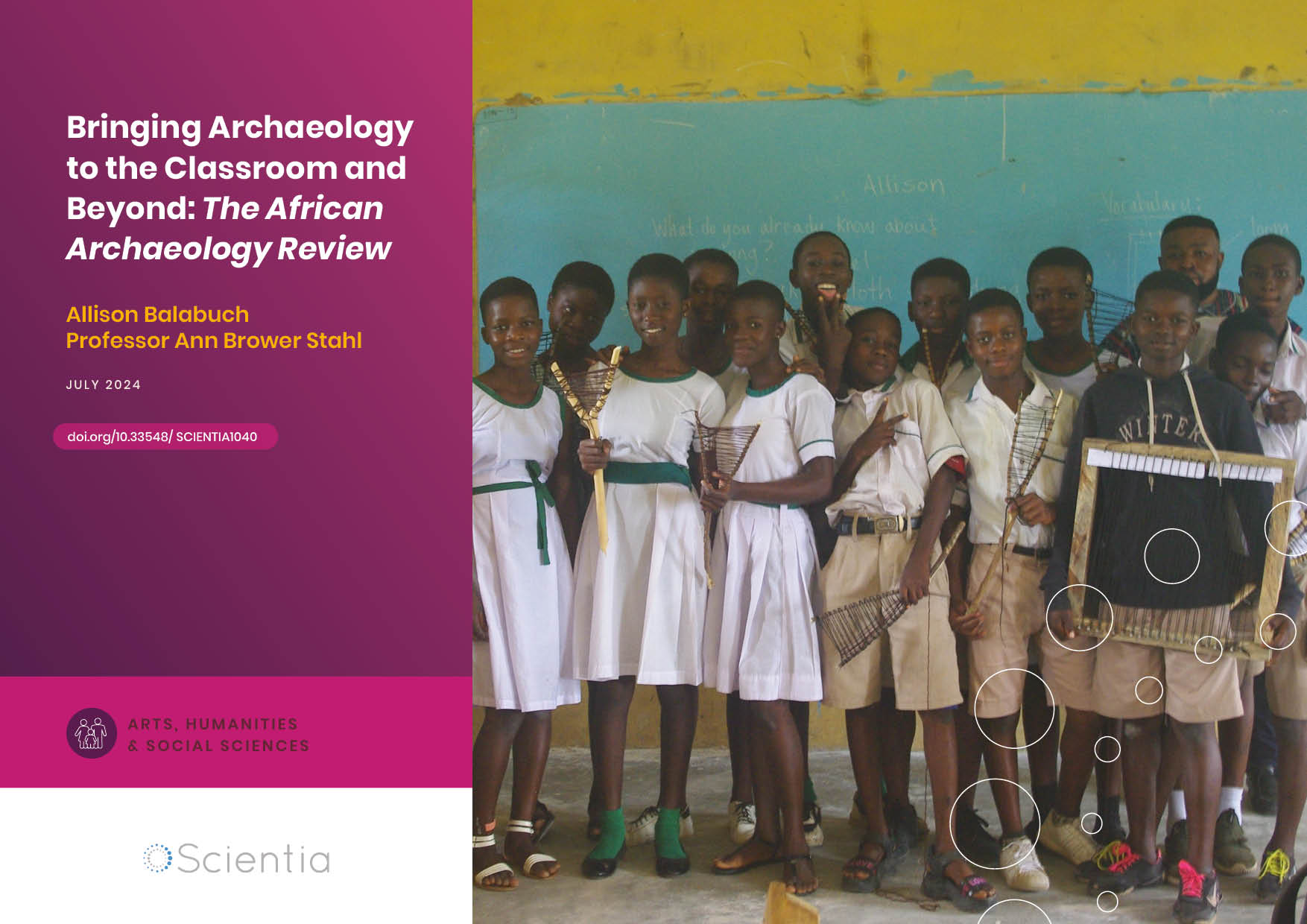Professor Mark D’Esposito – Leveraging New Technologies to Treat Brain Injury
The brain is the most mysterious organ in the human body – despite decades of research, we have just begun to scratch the surface in understanding how the brain works and how we can help it to heal following an injury. Professor Mark D’Esposito of the University of California, Berkeley, uses advanced imaging technology to illuminate how the connections in our brain function in order to find new ways to aid brain healing after injury.
The human brain is the most advanced and complex information processing instrument on earth. Despite decades of trying, we have not been able to create a computer that performs complex operations with the speed and nuance of the brain. The brain is composed of a vast network of neurons, the number of which is greater than the connections between every electronic device on earth, and their constant communication creates what you and I experience as consciousness.
Professor Mark D’Esposito of the University of California, at Berkeley, is a neurologist seeking to understand how the networks of neurons within our brain function together, and how we can leverage this understanding to treat people with traumatic brain injuries and other neurological disorders. Using advances in functional magnetic resonance imaging (fMRI) he is mapping neuronal networks to illuminate how the brain works.
Thinking in Modules
While we are still working to understand how the brain works as a whole, we have some ideas about how it works in general. We know that some areas of the brain perform specific functions, such as processing sounds. This is because the brain cells or neurons in these areas share similar purposes and must communicate rapidly to produce efficient responses. Professor D’Esposito refers to these areas as modules. He explains: ‘Facebook is a helpful metaphor: think of your closest friends on the social network as being in your module, the people closest to you and with whom you are most likely to communicate.’
While these brain modules may perform fairly specific functions, they must also share information with other areas to create the full human experience – for example, processing a sound, interpreting it as speech, and then understanding the message requires the tight coordination of multiple modules, but happens so seamlessly in a healthy brain that our perception of a sound and its message seems instantaneous.
In order to understand how the brain works, it is critical to understand how the brain functions as a whole. Professor D’Esposito explains that, ‘it is presumed that each brain module performs a discrete function, such as producing language or seeing the world around us. However, brain modules must also communicate with each other to accomplish more complex behavior – such as multitasking or solving a mathematical problem.’
A primary focus of Professor D’Esposito and his team’s research has been understanding how different modules of the brain work together in a network to create goal-directed behaviour, and what those connections imply for the treatment of traumatic brain injuries and other neurological disorders. ‘My take-home message is simple,’ he says, ‘a greater understanding of the function of the healthy brain will undoubtedly lead to a better understanding of the damaged brain.’
Historically, it has been assumed that damage to a specific area of the brain only impacts processes that that area manages – for example, damage to the visual cortex would only affect a person’s ability to see. However, Professor D’Esposito and his colleagues have found that this is not always the case and that may actually be good news for patients with brain injuries.

The Pieces That Form the Whole
Executive control refers to a collection of mental processes that are necessary to identify, plan, and execute the behaviours needed to complete a goal. These processes, including selective attention, working memory, task switching, sequencing, and planning, are essential to navigating everyday life. A common effect of brain injury is the loss of executive control – patients struggle to pay attention, organise, and develop strategies that help them get things done.
This is particularly true of injuries to the prefrontal cortex, the area of the brain where many executive control processes are localised, that gives us the experience of conscious control and abstract thought. The prefrontal cortex is believed to be one of the most critical connector areas of the human brain, having extensive reciprocal connections to virtually all cortical and subcortical structures. This places the prefrontal cortex in a unique and privileged position to monitor and manipulate diverse cognitive processes. Thus, dysregulation of the prefrontal cortex, whether through direct injury or indirect effects of damage to other modules of the brain, leads to symptoms that strongly impact the lives of those afflicted.
A critical finding that has shaped the work of Dr D’Esposito’s team, is the discovery that localised brain damage impacts the large-scale function of the brain as a whole, particularly when the damage impacts an area of the brain that had served as a connector for multiple modules across the brain. Using fMRI scans to observe the brain activity of a group of patients with damage to a specific area of the brain, they were able to demonstrate that undamaged regions were also dysregulated following the injury.
These findings explain many of the unpredictable symptoms experienced by patients that have suffered a brain injury that are often seemingly unrelated to the function of the area that was injured.
The more modules that are connected to a damaged area, the more widespread the dysregulation will be. While at the surface this may seem like an undesirable finding for patients with brain injuries, Professor D’Esposito sees these network connections in a different light – by understanding how the network is connected, we can look for ways to reconnect it following trauma.
‘My take-home message is simple: a greater understanding of the function of the healthy brain will undoubtedly lead to a better understanding of the damaged brain.’

Reprograming the Networks of the Brain
Professor D’Esposito and his team took note of clinical studies that were helping patients improve attention and problem-solving skills through training programs and suspected that these strategies could be used to improve executive control functions in patients with brain injuries. Specifically, they predicted that attention would serve as a keystone process that could improve cognitive function in these individuals.
Attention training activities included mindfulness-based regulation practices and goal-management strategy making. They piloted training sessions with two groups. One group was given educational seminars and another underwent attention training over five weeks. They found that while participation in the educational seminars had no effect, the training sessions created lasting behavioural changes that not only improved the patients’ performance on executive function tests, but more importantly, improved their ability to complete tasks in real life scenarios.
When Professor D’Esposito and colleagues took this experiment a step further and took fMRI scans of the brains of patients in the training study, they made an even more exciting discovery. The training sessions weren’t just helping patients learn new tricks, they were actually changing the neural pathways being used during attention tasks.
In the extrastriate cortex, one of the brain modules associated with the training task, all patients showed increased neural connections. Interestingly, training had different impacts on each patient’s prefrontal cortex, depending on how they had processed information prior to training. Those who had been more goal-oriented prior to training shifted towards processing more irrelevant information after training. In contrast, those who had been more focused on irrelevant information prior to training shifted to toward more goal-relevant information after training. In both cases, training improved overall executive control, regardless of the shift made. This suggests that different people with different predispositions will use different strategies to cope with forming new neural networks.
Taken together, these results indicate that not only is it possible to use training programs to improve the experience of people with brain injuries, but these training sessions create tangible and lasting change in the brain’s structure that benefit the long-term health of patients that receive them. Professor D’Esposito notes that, ‘understanding brain connectivity in this way helps us develop rehabilitation therapies that stimulate the brain to reconfigure itself with new functional connections that bypass damaged brain regions that serve as connector hubs.’

Understanding Individual Responses
Though cognitive training and rehabilitation benefits can benefit patients with brain injuries, the degree to which each patient sees results varies drastically. Professor D’Esposito and his colleagues wanted to understand why some patients experienced transformative results, while others were showing only minor improvements, even when their brain injuries were similar in size and location. They again turned to fMRI, comparing the baseline scans taken prior to the training interventions, and the results each patient experienced following rehabilitation.
Patients with highly modular brains, that is, more connections within modules than between modules, prior to training were most likely to see great improvements with training. Professor D’Esposito has repeated these studies with aging adults and found that older adults with more modular brains are also more responsive to both cognitive training and the neurological benefits of physical exercise. These findings suggest that the brain has an easier time rerouting the connections between modules than it does trying to recreate more broad, undefined networks.
These findings have enabled Professor D’Esposito and his team to use fMRI to predict which patients will respond best to treatment and are spurring them to identify ways to enable similar responses in patients whose brains are less optimally wired to benefit from treatment. For now, these discoveries are helping neurologists to tailor treatment plans with the highest likelihood of success.
Professor D’Esposito notes: ‘We still have much to learn about optimal brain states, such as whether we can alter or optimise them or why brain states differ from one person to the next. But our findings nevertheless highlight the tremendous power of brain imaging and its potential impact on medical treatments.’
The Future of Brain Health
Through advances in imaging technology, Professor D’Esposito and other neurologists are making powerful discoveries about how the brain works that have major implications for how we approach the treatment of brain damage in the future. He concludes that, ‘recent scientific advances have given us basic knowledge of the functional architecture of the human brain. We are now in an excellent position to develop effective treatments for the millions of individuals who suffer from brain disorders.’
Reference
https://doi.org/10.33548/SCIENTIA368
Meet the researcher

Mark D’Esposito, MD
Professor of Neuroscience and Psychology
Director, Henry H Wheeler Jr Brain Imaging Center
Helen Wills Neuroscience Institute
University of California, Berkeley
Berkeley, CA
USA
Dr Mark D’Esposito earned his medical degree at the SUNY Health Science Center at Syracuse and completed clinical training in Neurology at Boston University Medical Center. After prestigious appointments at the Memory Disorders Research Center at Boston University and Braintree Rehabilitation Hospital and the University of Pennsylvania School of Medicine, he was recruited to the Helen Wills Neuroscience Institute at the University of California, Berkeley to become Professor of Neuroscience, and the Director of the newly created Henry H Wheeler, Jr Brain Imaging Center. He is also practicing neurologist at the Northern California VA Health Care System. His research investigates how the structure of the brain impacts how it recovers from injury and potential treatments for the injured brain. Over the course of his career, Dr D’Esposito has published over 375 academic articles as well editing books about cognitive neuroscience and neurology. He is currently Editor-In-Chief of the Journal of Cognitive Neuroscience, and past President of the Society for Behavioral and Cognitive Neurology and Chair of the Organization for Human Brain Mapping. Dr D’Esposito has received numerous awards and honors including the Norman Geschwind Prize in Behavioral Neurology from the American Academy of Neurology and election to the American Association for the Advancement of Science.
CONTACT
FUNDING
National Institutes of Health
Veterans Administration Research Service
FURTHER READING
CL Gallen, M D’Esposito, Brain modularity: A biomarker of intervention-related plasticity, Trends in Cognitive Sciences, 2019, 23, 293–304.
CL Gallen, PL Baniqued, SB Chapman, S Aslan, M Keebler, N Didehbani, M D’Esposito. Modular brain network organization predicts response to cognitive training in older adults, PLoS One, 2017, 11, e0169015.
KL Arnemann, AJ Chen, T Novakovic-Agopian, C Gratton, EM Nomura, M D’Esposito, Functional brain network modularity predicts response to cognitive training after brain injury, Neurology, 2015, 84, 1568–74.
MA Bertolero, BTT Yeo, M D’Esposito, The modular and integrative functional architecture of the human brain, Proceedings of the National Academy of Sciences, 2015, 112, E6798–807.
C Gratton, EM Nomura, Fernando Pérez, M DʼEsposito, Focal brain lesions to critical locations cause widespread disruption of the modular organization of the brain, Journal of Cognitive Neuroscience, 2012, 24, 1275–1285.
AJW Chen, T Novakovic-Agopian, TJ Nycum, S Song, G Turner, S Rome, G Abrams, M D’Esposito, Training of goal-directed attention regulation enhances control over neural processing for individuals with brain injury, Brain, 2011, 134, 1541–1554.
Creative Commons Licence
(CC BY 4.0)
This work is licensed under a Creative Commons Attribution 4.0 International License. 
What does this mean?
Share: You can copy and redistribute the material in any medium or format
Adapt: You can change, and build upon the material for any purpose, even commercially.
Credit: You must give appropriate credit, provide a link to the license, and indicate if changes were made.
More articles you may like
Dr Ralf Adam | New Technologies Shaping the Future of Oral Hygiene
Understanding the efficiency of various toothbrush technologies is essential for achieving optimal oral health. Dr Ralf Adam, who leads a dedicated team at Procter & Gamble in Germany, is keen to investigate the complexities of these technologies. His team have provided new insights into the best toothbrush types for plaque removal and the maintenance of gum health. By highlighting the importance of informed oral care decisions and ongoing investigations, this vital research works towards ensuring everyone can achieve a brighter, healthier smile.
WVU ADVANCE Center | West Virginia University Team Fosters Group-Level Equity and Inclusivity at Higher Education Institutions
Despite ongoing efforts to broaden participation in the academy, many groups remain underrepresented. More needs to be done to ensure that all faculty and students succeed in institutions of higher education. The WVU ADVANCE Center is an academic hub at West Virginia University, which provides services, events, mentorship opportunities, and other initiatives that promote the sense of belonging that leads to thriving faculty and students.
Dr Olalla Castro-Alvaredo | Measuring Entanglement: Symmetry-Resolved Entropy
Dr Olalla Castro-Alvaredo of the City University of London (UK) and her collaborators are advancing our understanding of an important phenomenon of quantum mechanical systems known as entanglement and, especially, its mathematical measures. Symmetry-resolved entanglement entropy is one such measure. Their study focuses on special quantum states which are excited with respect to a ground state. The research shows how the entanglement amongst quantum particles can be measured and assesses the contribution to the entanglement of quasiparticle excitations, particularly in the presence of additional symmetries.
Allison Balabuch – Professor Ann Brower Stahl | Bringing Archaeology to the Classroom and Beyond: The African Archaeology Review
The African Archaeology Review (AAR) journal recently celebrated its 40th anniversary. To mark this occasion, a special issue was compiled with an innovative theme: Archaeology for Education. To achieve this, the AAR editorial team assembled a group of academic researchers in archaeology with the proposition of writing articles collaboratively with educators that would make their research centred on Africa’s rich pasts accessible for use in school learning. The goal is to change the stories we tell about Africa both within and outside the continent.




